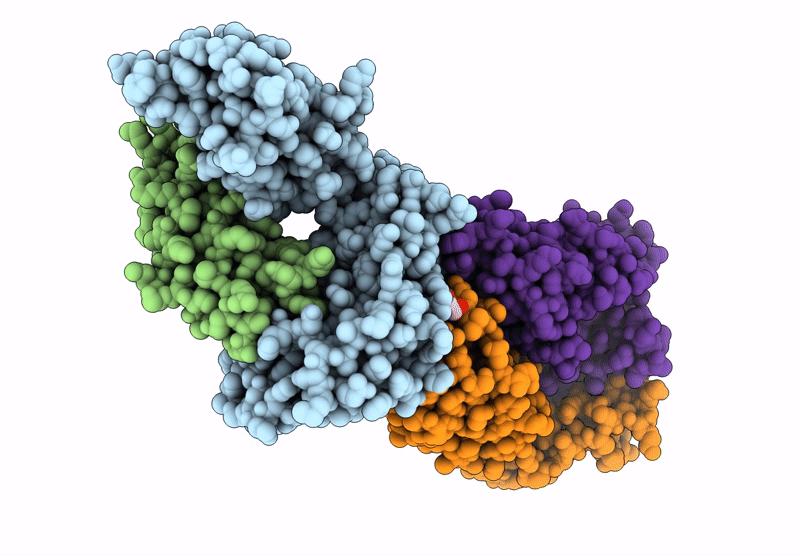
Deposition Date
2024-09-23
Release Date
2025-04-23
Last Version Date
2025-04-30
Entry Detail
PDB ID:
9GV7
Keywords:
Title:
Structure of reverse docking TCR in complex with peptide-HLA
Biological Source:
Source Organism:
Homo sapiens (Taxon ID: 9606)
Host Organism:
Method Details:
Experimental Method:
Resolution:
1.86 Å
R-Value Free:
0.21
R-Value Work:
0.18
R-Value Observed:
0.18
Space Group:
P 65


